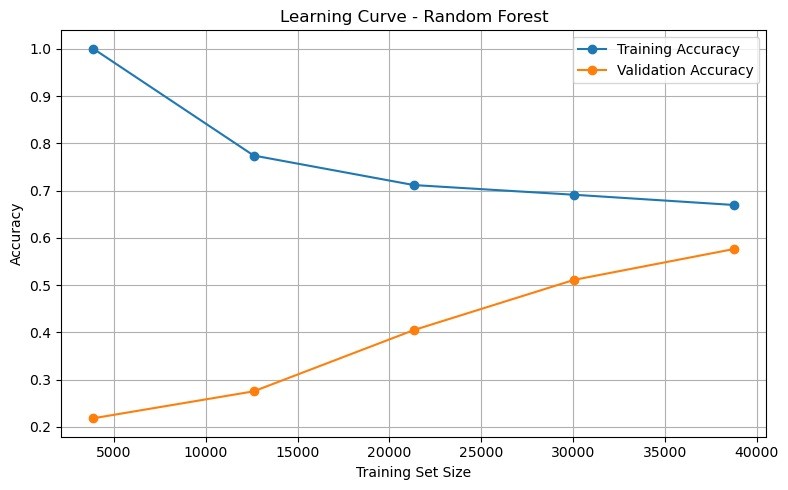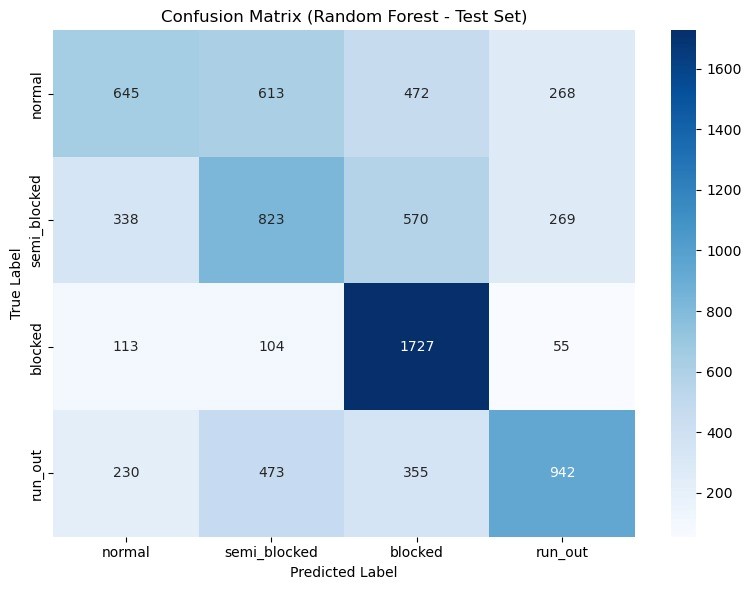PROJECT OVERVIEW
The Problem
Fused Deposition Modeling (FDM) 3D printers are prone to operational issues like nozzle blockages and material run-out, which often go undetected during printing, leading to failed builds and wasted resources.
The Goal
To develop a machine learning-based system capable of classifying real-time 3D printer operating conditions (normal, semi-blocked, blocked, run-out) using acoustic emission (AE) sensor data.
The Context
The project explores non-invasive monitoring via AE sensing and data-driven classification to improve reliability and autonomy in additive manufacturing processes.
METHODS & APPROACH
Your Contributions
Preprocessed AE signal data, applied log transformations to skewed features, trained and tuned the Random Forest model, and performed model benchmarking and analysis.
Your Methodology
- Extracted 13 AE features from pre-segmented signal windows (e.g., RMS, ABS-ENERGY, ASL, Peak Frequency).
- Applied log1p transformation to reduce skew in energy-based features.
- Used Random Forest (200 trees, max depth = 10) for classification.
- Compared results to an SVM with RBF kernel, replicating a baseline from prior research (Wu et al., 2016).
- Evaluated using confusion matrices, feature importance, and learning curves.
Your Unique Angle
Leveraged feature importance and custom preprocessing to enhance model interpretability and optimize performance for real-world signal variability.
OUTCOME & IMPACT
Results
Overall Accuracy (Random Forest): 51.73%
Blocked Condition Accuracy: 86.39%
SVM Baseline Accuracy: 48.38%
Top Features: RMS, ASL, and ABS-ENERGY (log-transformed)
Key Insights
The model was highly effective at identifying severe faults (blocked, run-out).
Difficulty in distinguishing normal vs. semi-blocked conditions points to the need for more granular features or time-series models.
Real World Impact
This method provides a cost-effective, scalable pathway to real-time fault detection in FDM systems—critical for ensuring print quality in automated manufacturing environments.



LESSONS LEARNED & FUTURE PLANS
What You Learned
Gained hands-on experience in signal-based feature engineering, supervised classification, and model evaluation using real-world noisy datasets.
Future Applications
Plans include deploying time-series models like 1D CNNs or LSTMs to capture temporal dependencies and deploying models on edge devices for real-time feedback.
Next Steps
- Expand the AE dataset with different materials and printing parameters.
- Test integration with live 3D printing systems.
- Improve class separation through confidence filtering and dimensionality reduction (e.g., PCA, t-SNE).